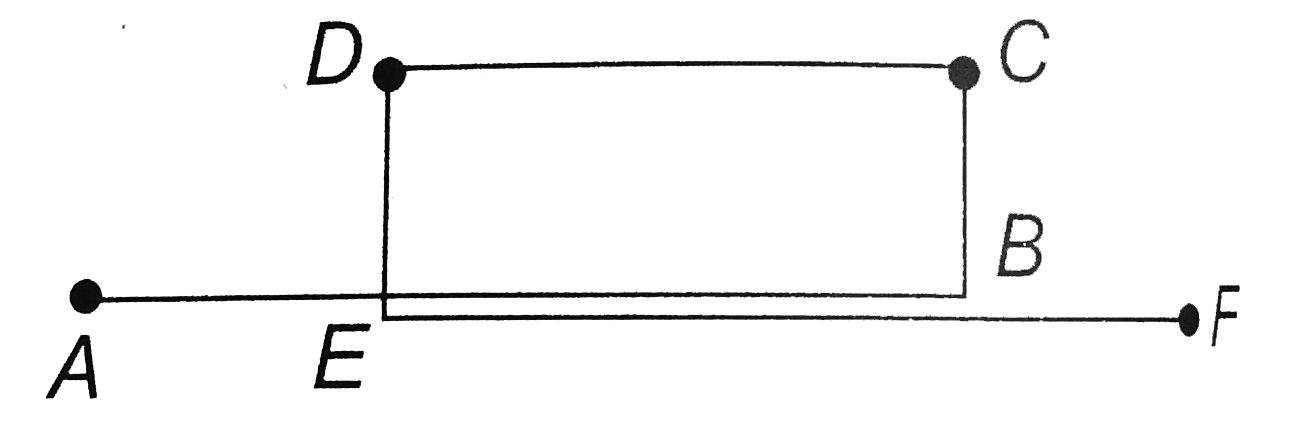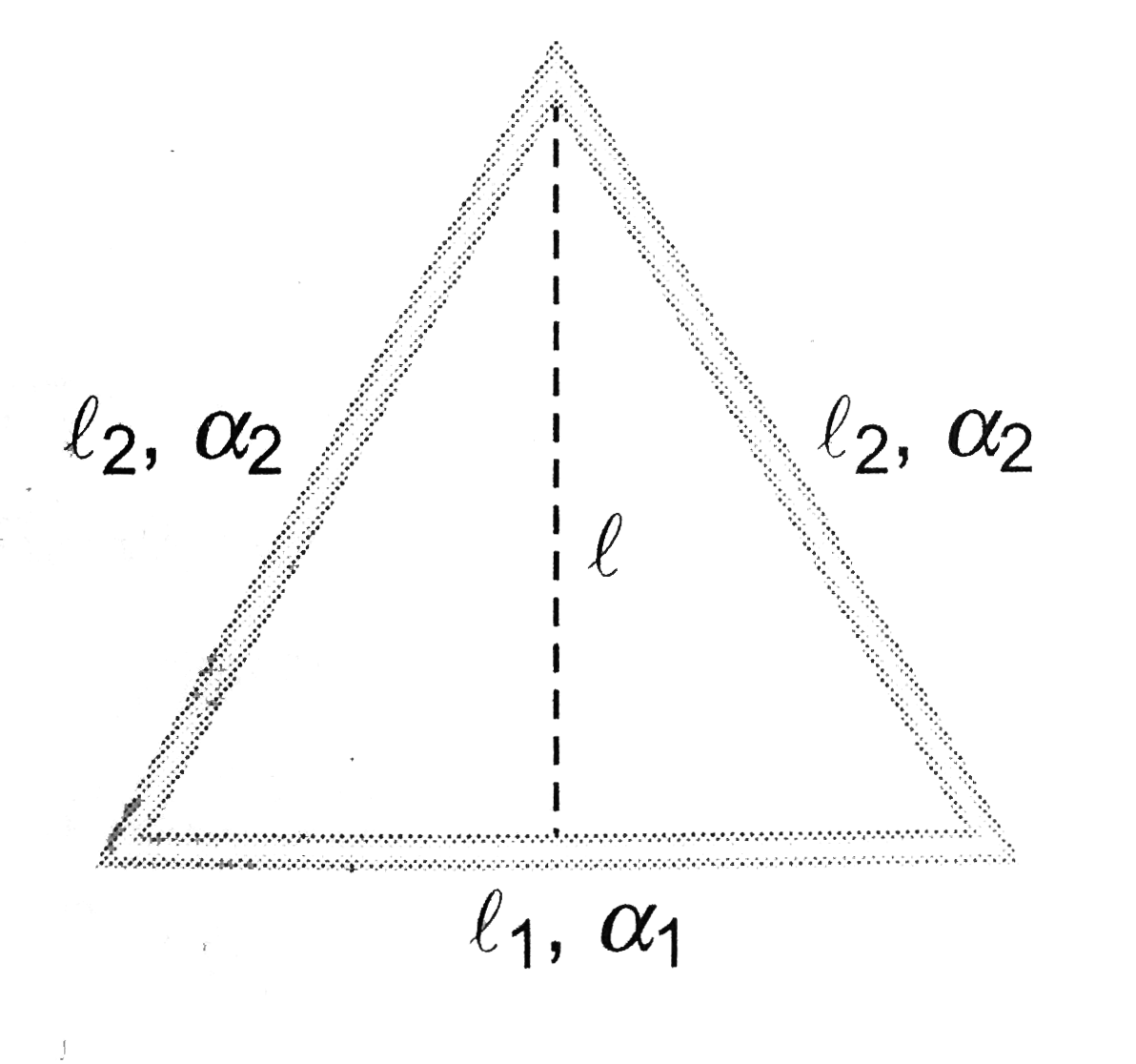Thermometry And Thermal Exapansion from A2Z PHYSICS Chapter 11 THERMAL PROPERTIES OF MATTER for Class 11
| Class 11 | PHYSICS |
| Chapter | THERMAL PROPERTIES OF MATTER |
| A2Z PHYSICS | Thermometry And Thermal Exapansion |
| Medium | English |
| Academic Year | 2023-2024 |
Question 8
A glass flask of volume one liter at 0∘C is filled, level full of mercury at this temperature. The flask and mercury are now heated to 100∘C. How much mercury will spill out if coefficient of volume expansion of mercury is 1.82×10−4/∘C and linear expansion of glass is 0.1×10−4/∘C respectively?View SolutionQuestion 10
A piece of metal weighs 46 g in air and 30 g in lipuid of density 1.24×103kgm−3 kept at 270C. When the temperature of the liquid is raised to 420C the metal piece weights 30.5 g . The density of the liqued at 420C is 1.20×103kgm−3. Calculate the coefficient of linear expandsion of the metal.View SolutionQuestion 18
A 30.0cm long metal rod expands by 0.0650cm when its temperature is raised from 0∘C to 100∘C. A second rod of different metal and of the same length expands by 0.0350cm for the same rise in temperature. A third composite rod, also 30.0cm long, is made up of pieces of each of the above metals placed end to end and expands by 0.0580cm when temperature is increased from 0∘C to 100∘C. the length of the longer portion of the composite bar in cm at 0∘C isView SolutionQuestion 20
In the shown planar frame made of thin uniform rods, the length of section AB and EF is l1 and its thermal linear coefficient of expansion is α1. The length of section CD is l2 and its thermal linear coefficient of expansion is α2.CBandDE are of same length having thermal linear coefficient of expansion α2. point A,B,EandF reside on same line, that is, sections ABandEF overlap. then the ratio of l1l2 for which the distance between end A and end F remains the same at all temperatures, is
 View Solution
View SolutionQuestion 22
An isosceles triangle is formed with a thin rod of length l1 and coefficient of linear expansion α1, as the base and two thin rods each of length l2 and coefficient of linear expansion α2 as the two sides. The distance between the apex and the midpoint of the base remain unchanged as the temperature is varied. the ratio of lengths l1l2 is
 View Solution
View SolutionQuestion 24
A brass wire 1.8m long at 27∘C is held taut with little tension between two rigid supports. If the wire cooled to a temperature of −39∘C, what is the tension developed in the wire, if its diameter is 2.0mm? Coefficient of linear expansion of brass =2.0×10−5/∘C, Young's modulus of brass =0.91×1011Pa.View SolutionQuestion 25
A steel tape 1m long is correctly calibrated for a temperature of 27.0∘C. The length of a steel rod measured by this tape is found to be 63.0cm on a hot day when the temperature is 45∘C. Coefficient of linear expansion of steel =1.20×10−5/K. what is the actual length of the steel rod on that day?View SolutionQuestion 30
A thin rod of negligible mass and a cross-section of 2×10−6m2 suspended vertically from one end, has a length of 0.5m at 200∘C. The rod is cooled at 0∘C, but prevented from contracting by attaching a mass at the lower end. The value of this mass is : (Young's modulus =1011N/m2, Coefficient of linear expansion 10−5K−1andg=10m/s2):View SolutionQuestion 31
A rod of length 1000 mm and co-efficient of linear expansion α=10−4 per degree celsius is placed in horizontal smooth surface symmetrically between fixed walls separated by 1001 mm. The young's modulus of rod is 1011N/m2. If the temperature is increased by 20∘C, then the stress developed in the rod is (in N/m2)View SolutionQuestion 35
A uniform pressure P is exerted by an external agent on all sides of a solid cube at temperature t∘C. By what amount should the temperature of the cube be raised in order to bring its volume back to its original volume before the pressure was applied if the bulk modulus is B and co-efficient of volumetric expansion is γ?View Solution

